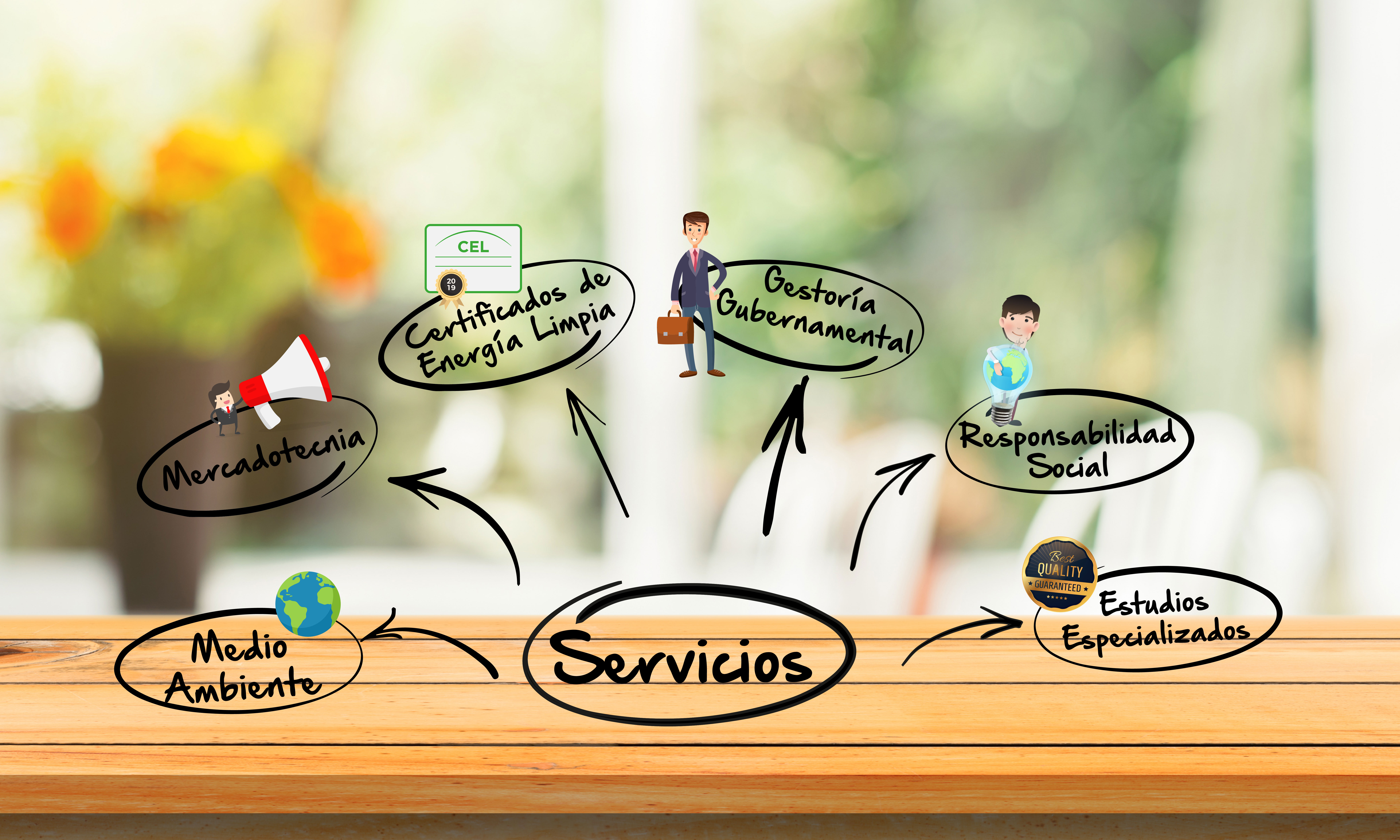From January 1982, appears in Article 3 of the General Law of Ecological Equilibrium and Environmental Protection (LGEEPA), the definition of Environmental Impact as the “Environment change caused by the action of man or nature”.
Likewise, it defines the Environmental Impact Assessment (EIA) as “The document in which it’s disclosed –based on studies, the significant and potential environmental impacts caused by a work or activity, as well as the way to avoid or attenuate it in case with negative”. It must be noted that EIA or ‘study’ to be prepared, should meet the specific standards and criteria of the Federal body (Secretariat of Environment and Natural Resources –SEMARNAT), or those issued and published by each of the States agencies for works or activities that are not listed as part of the federal jurisdiction.
There are different types and levels of EIA to be submitted in terms of complexity and depth, depending on the work or activity to be executed because of your project, either new or modification and/or facilities expansion of current operation.
Subsequently, in 2000, the Regulation of the Law on Environmental Impact Assessment (EIA) was published in the Official Journal of the Federation (DOF), through which “the direct and indirect effects of a project on human beings, fauna and flora, soil, water and air, climate and landscape, material assets and cultural heritage, and their interactions; are identified and described in an appropriate manner, according to each particular case”.
| It is therefore our responsibility and experience: |
|
• To detect, first, whether your project is federal or state competence. • To Identify the type and level of MIA or study required by your work or activity. • To ensure that current legislation, regulation, and applicable Mexican Official Norms (NOMs) are taken into consideration. • To check and to fully comply with everything required by the correspondent government agency. • To work in close coordination with your company to select and present the best information requested. • To adjust the integration and filing of the information needed to your company’s project schedule. • To use the most advance methodologies approved by the governmental agencies, for the detection and quantification of the potential impacts to be generated by your project, in order to proposed –based on the evaluation, a series of actions to offset, reduce, or even to eliminate all negative impacts that may affect humans and/or nature, considering causes, effects, and possible consequences, strengthening at the same time, those who help to improve the surrounding environment. • To submit the EIA meeting the Federal (SEMARNAT) or State (Ecology Agencies) particular specifications, and to be ready for immediate response to any question or further requirement of information –which is possible given the wide interpretation the authorities may do on their function. • To monitor the evaluation process carried out by the agency during the time granted by law (2 to 3 months). • To receive form the agency the “Resolution”, which being favorable, will grant a “Conditional Authorization” subject to a number of compulsory “Terms and Conditions”, generated based on the impacts’ identification (mainly on air, water and soil), and the conclusions and recommendations extracted from the EIA submitted. • To carefully explain what each of them means for the company, in terms of time (death lines) and form, being ready to move to the next optional stage: the preparation of a “Terms and Conditions Monitoring Program (PMTC)” so as to ensure ‘religious compliance’ of such terms and conditions in order to avoid falling into default, eliminating penalties, fines, and even permanent or temporary closures, meaning considerable economic and time savings. |





